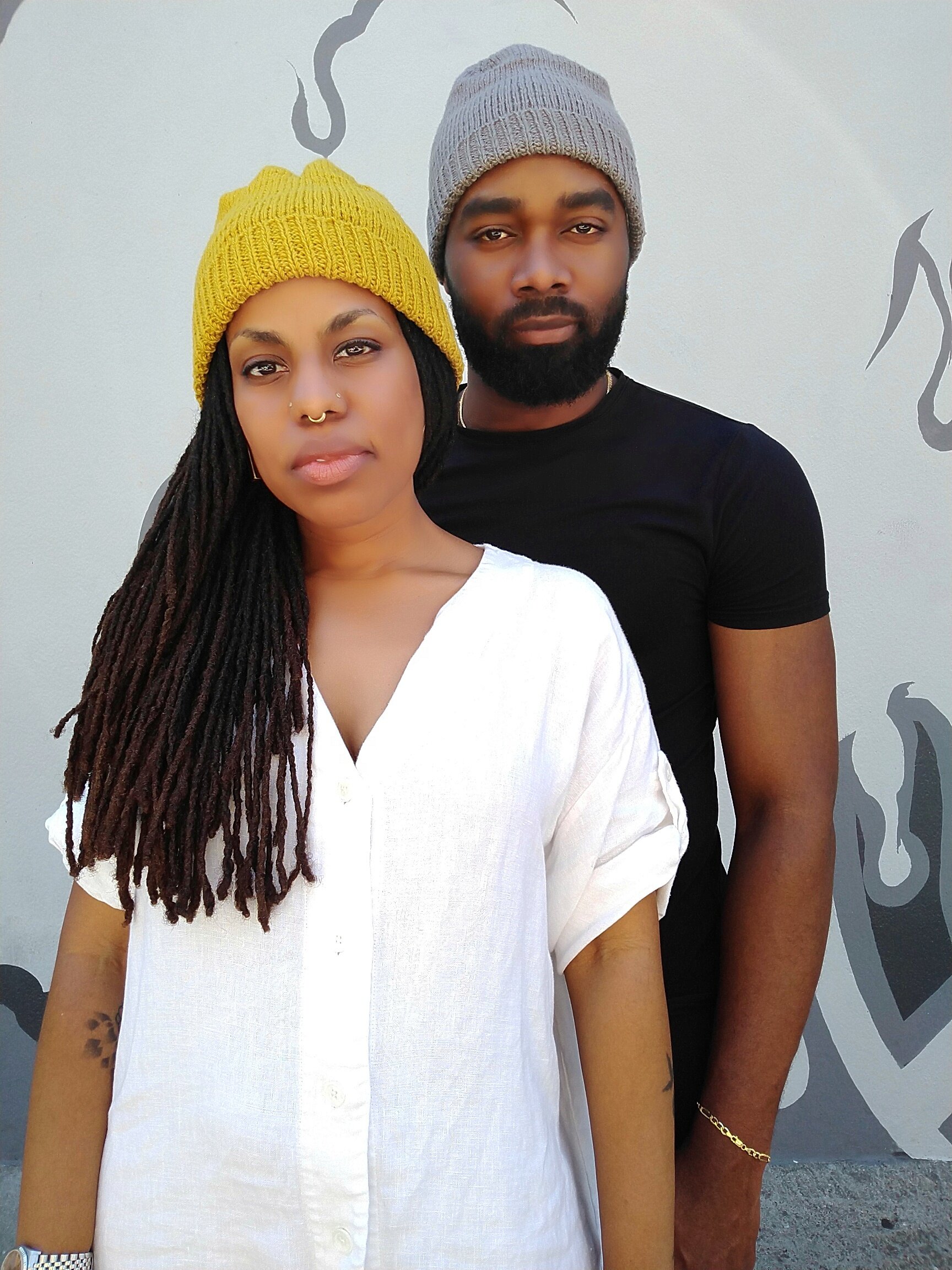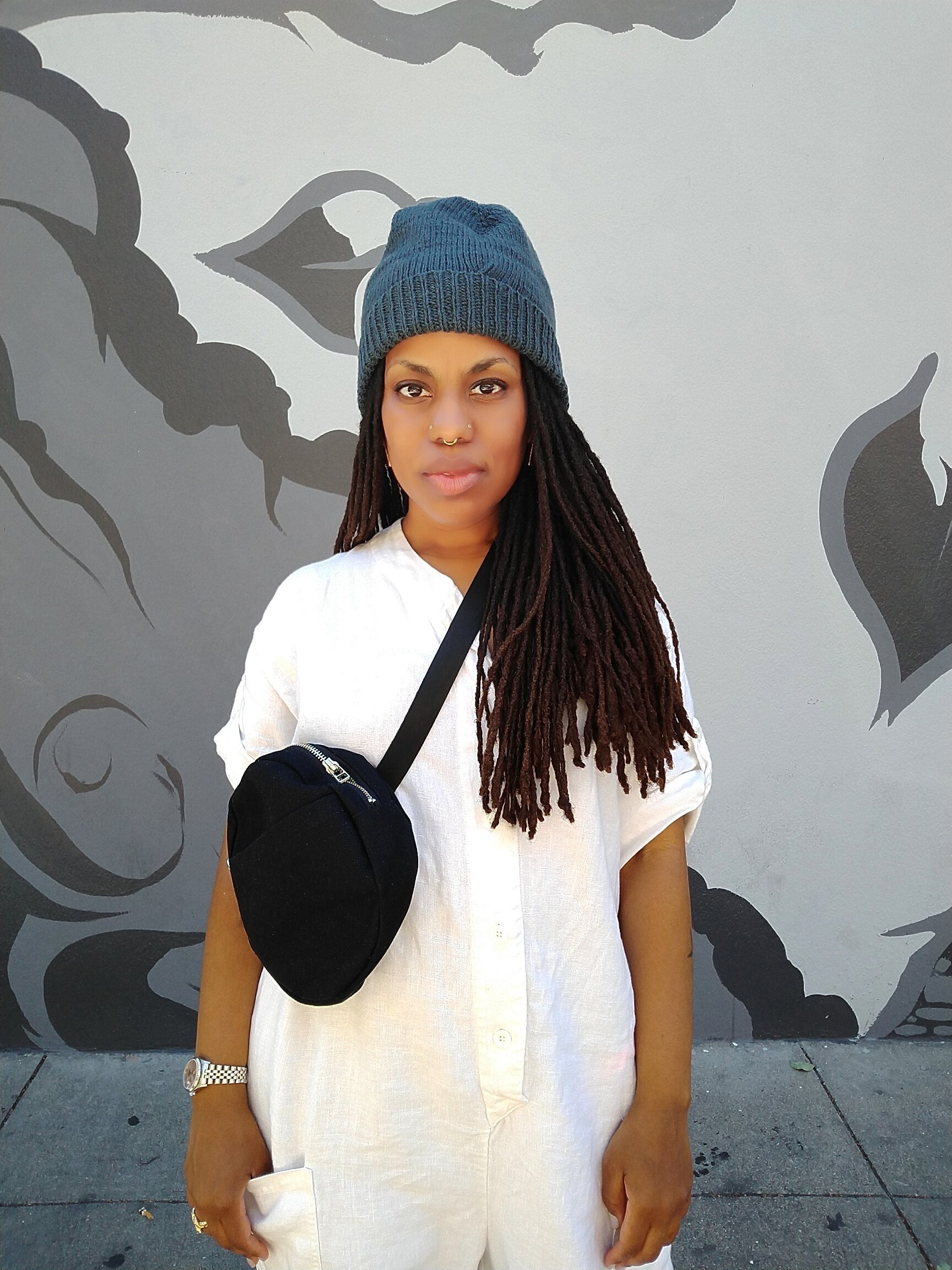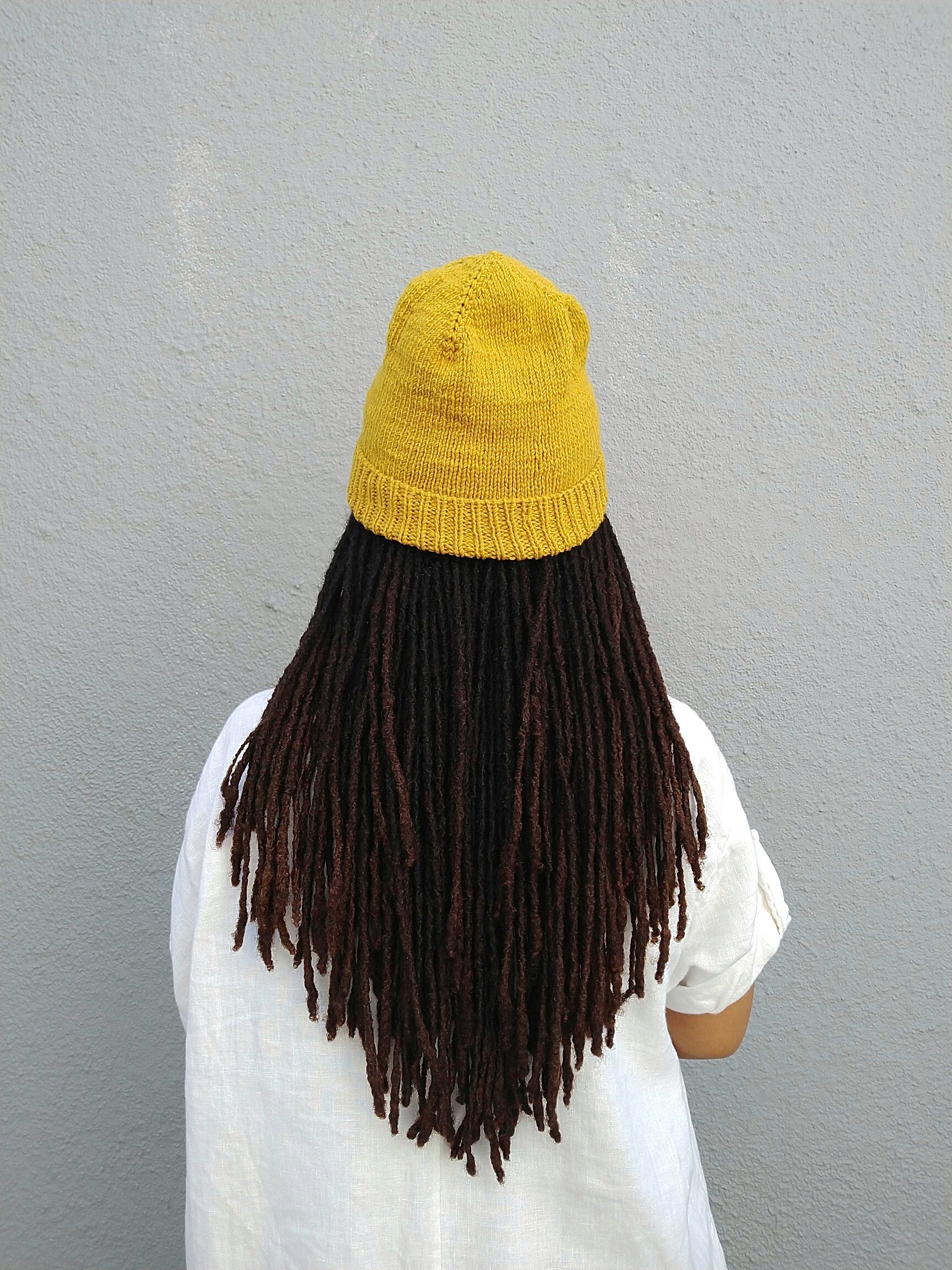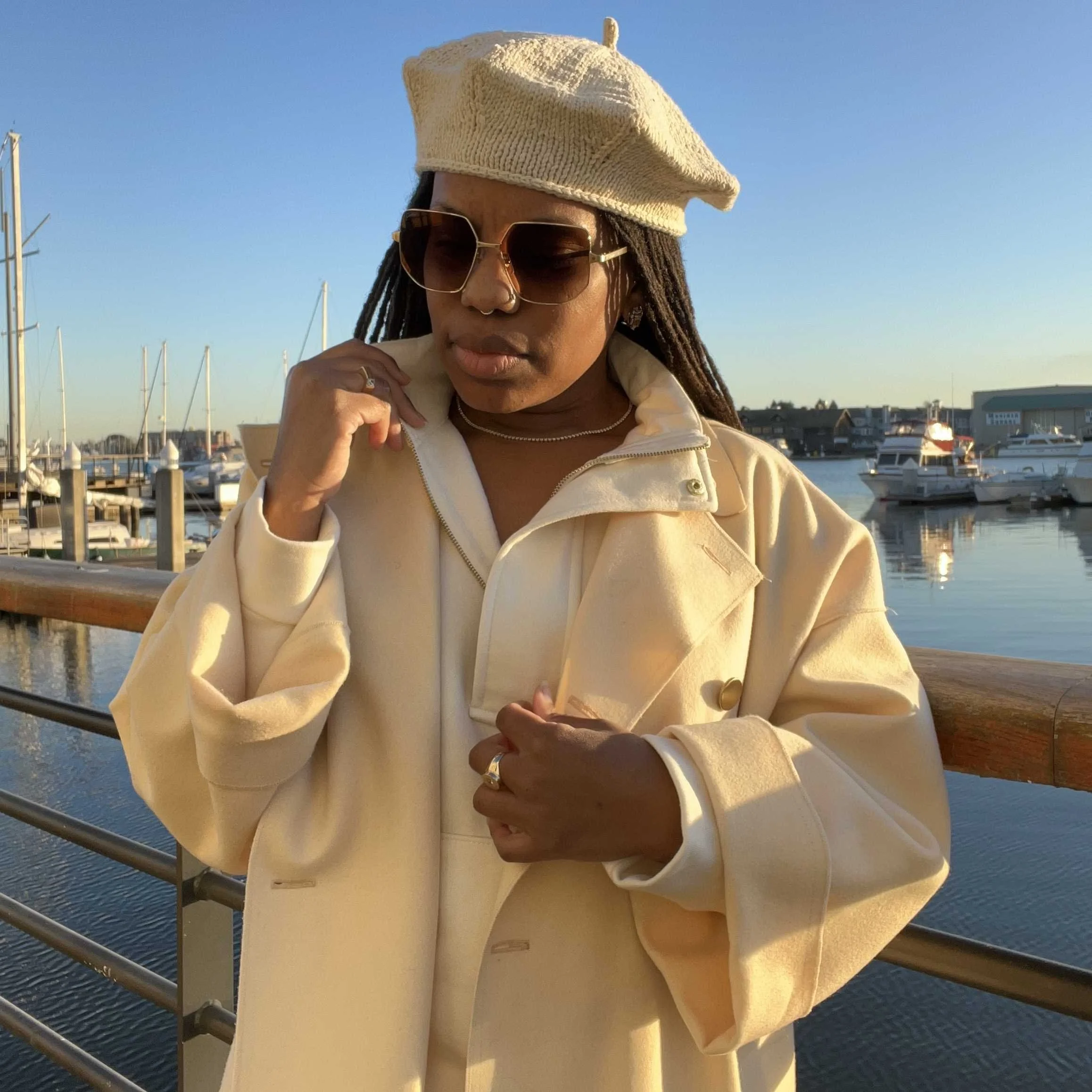Winter Hat Bundle












Winter Hat Bundle
The Holiday Hat Bundle includes the Everyday Lined Hat, the Hatdana, and the Beret of Light patterns. Three quick, easy, versatile, and gender-free patterns perfect for the season!
When purchased individually, these patterns cost $30. Purchase the bundle of three for $20.
The Everyday Lined Hat is both a knitting a sewing pattern. You will receive written instructions and video tutorials to learn how to knit a hat from the top down, how to machine-sew a lining in the stretch fabric of your choice, and how to hand-sew the lining into the hat.
The Hatdana is a versatile accessory that cannot be defined in a single category. It can be worn as a hat, a bandana, a cowl, and a headwrap. It was the hat of my dreams, a hat that can fit hair of any texture and is, therefore, a truly inclusive design.
The Beret of Light is my latest headwear design. A structured beret with beautiful finishing details like an I-cord bind off. You will learn new skills like the grafting of stitches using the video links provided.
Details about the EVERYDAY LINED HAT:
We’re living in historic and difficult times. During a global pandemic and subsequent quarantine, getting a haircut is a challenge. No worries, I’m here to help keep you safe and stylish! You can make a hat that will cover your #quarantinehair and fit seamlessly into your wardrobe.
For ages, women with textured hair have covered their tresses with silk and satin scarves to prevent frizz. Adding a silky lining to a knitted hat is a stylish and modern interpretation of that hair-saving trick, and it is convenient for all genders! If you’re a sporty/outdoorsy person, you might appreciate a moisture-wicking lining. If you’re living in a cold climate, you may want to line yours with fleece. Or maybe you have sensitive skin and wool hats make your forehead itch. Alternatively, a lined hat is a thoughtful gift for someone suffering from alopecia or undergoing cancer treatment. There are endless reasons to line a hat!
I hope you enjoy this beginner-friendly pattern and learn a few things in the process. I’m so excited to share this project with you!
Construction:
This hat is both a knitting AND sewing pattern. My intention is to use this pattern as a teaching tool to help knitters learn how to sew - and vice versa! The construction will serve as a learning tool for those who would like to learn top-down raglan sweater knitting. If you can knit this hat, you can make any of my raglan sweater designs!
You will learn how to:
knit a top-down hat
work magic loop
work the easiest tubular bind off - a sewn bind off
sew stretch fabrics
machine sew a beanie lining
hand sew the lining into a knitted hat
Sizes:
Small (Medium, Large)
to fit head circumferences of 19.5 (21, 23) inches / 49.5 (53, 58.5) cm.
Shown in size L with an intended 2” / 5 cm of negative ease.
If you are between sizes, it is recommended that you choose one size down.
Recommended Yarn:
Ritual Dyes, Elder, 100 g = 190 yards / 174 m per skein. One skein will suffice for all sizes including a 4 x 4” / 10 x 10 cm swatch. Colorways shown are Forsythia, Smoke, and Chromite.
Alternative Yarns:
Light Worsted to DK weight yarns
Fabric:
1/4 yards of knit (not woven) four-way stretch fabric.
For example: Silk jersey, regular jersey, moisture-wicking jersey for those who enjoy sports, or fleece for warmth.
Needles:
US 5 / 3.75 mm as the main needle on 32” / 81 cm cable for magic loop or needle size needed to achieve gauge.
US 4 / 3.5 mm for ribbing. Choose a 32” / 81cm cable for magic loop OR 16” / 40cm cable for working in the round. Go down one needle size from the main needle to work the ribbing.
Optional: US 5 / 3.75 mm circular needles on a 16” / 40cm cable.
Notions:
KNITTING PATTERN
4 st markers, yarn snips, darning needle, and pen.
SEWING PATTERN
Sewing machine or serger (overlocking machine), hand-sewing needle, fabric shears or rotary cutter, pattern weights, pins, measuring tape or ruler, and thread that matches the yarn colorway.
Gauge:
20 sts x 32 rows = 4” / 10 cm in stockinette st after blocking.
Details about the HATDANA:
The Hatdana is a versatile, practical and beautiful accessory:
It looks and functions like a bandana, but you slip it on like a hat.
Wear it around your neck like a cowl.
Wear it as a traditional head wrap with the bandana pointing toward the crown of your head.
This accessory inspires me to let my hair down, literally and figuratively, to be my most authentic self. It reminds me to surround myself with people who welcome and accept the real me. I hope it will do the same for you.
The Hatdana is knit from pointed tip to ribbed hem. The bandana portion is worked flat using yarn over increases. The stitches are then joined in the round for ribbing. It features decorative details such as the tiny tassels on the pointed tip. There is an elegant, but minimal, cable down the length of the crown, a continuous slip stitch edge around the bandana opening, and a sewn stretchy bind off to frame your face! Every tiny detail is intentional, so that this accessory is both functional and beautiful!
6 Instructional video links are provided at each step:
Meet the designer and learn about the Hatdana here:
https://youtu.be/njLSto-dRCE
Sizes:
Tween, S, M, L to fit head a circumference of 20 (21, 22, 23)” / 51 (53, 55, 58) cm. Shown in size L with an intended 2” / 5 cm of negative ease.
Yarn:
Stone Wool Cormo, 100% American Cormo, 200 yards / 183 m - 100 g. Tobacco 03 Colorway, or 200 yards of worsted weight yarn that meets gauge. A round yarn with elasticity and good stitch definition is recommended. Yardage includes a swatch of approximately 20 grams.
Needles:
US 4 / 3.5 mm for ribbing, US 5 / 3.75 mm for bandana on 36” / 91 cm cable for magic loop OR needle size needed to achieve gauge. Make a swatch to find the correct needle size for your personal tension and yarn of choice. Of course, DPNs or 16” circulars may be used for knitting in the round.
Gauge:
20 sts x 32 rows = 4” / 10 cm after blocking.
Notions:
4 stitch markers, scissors, tapestry needle, a highlighter and pen. Optional: crochet hook for attaching tassels. (Use a highlighter to identify the stitch count for your size in each row).
